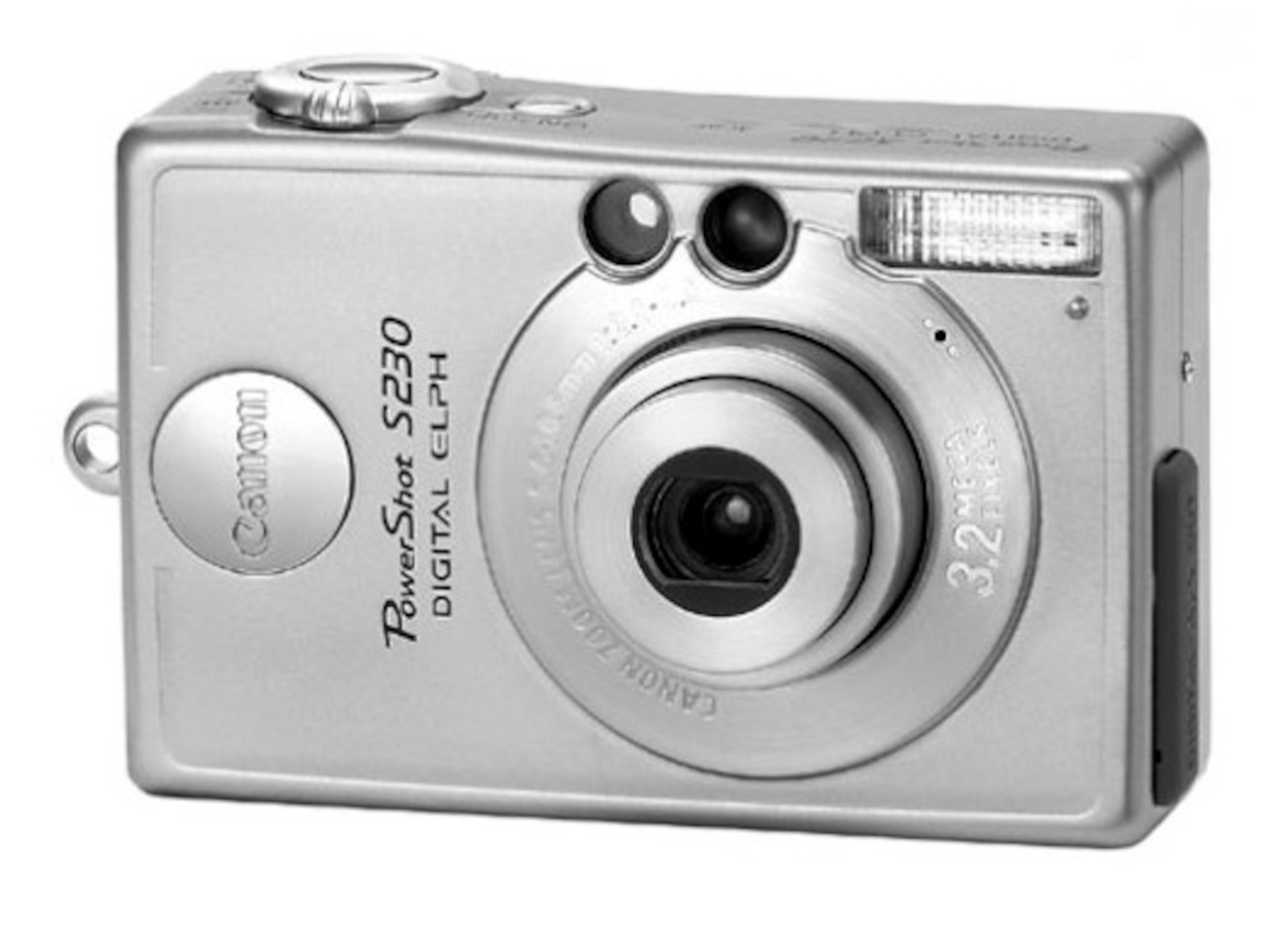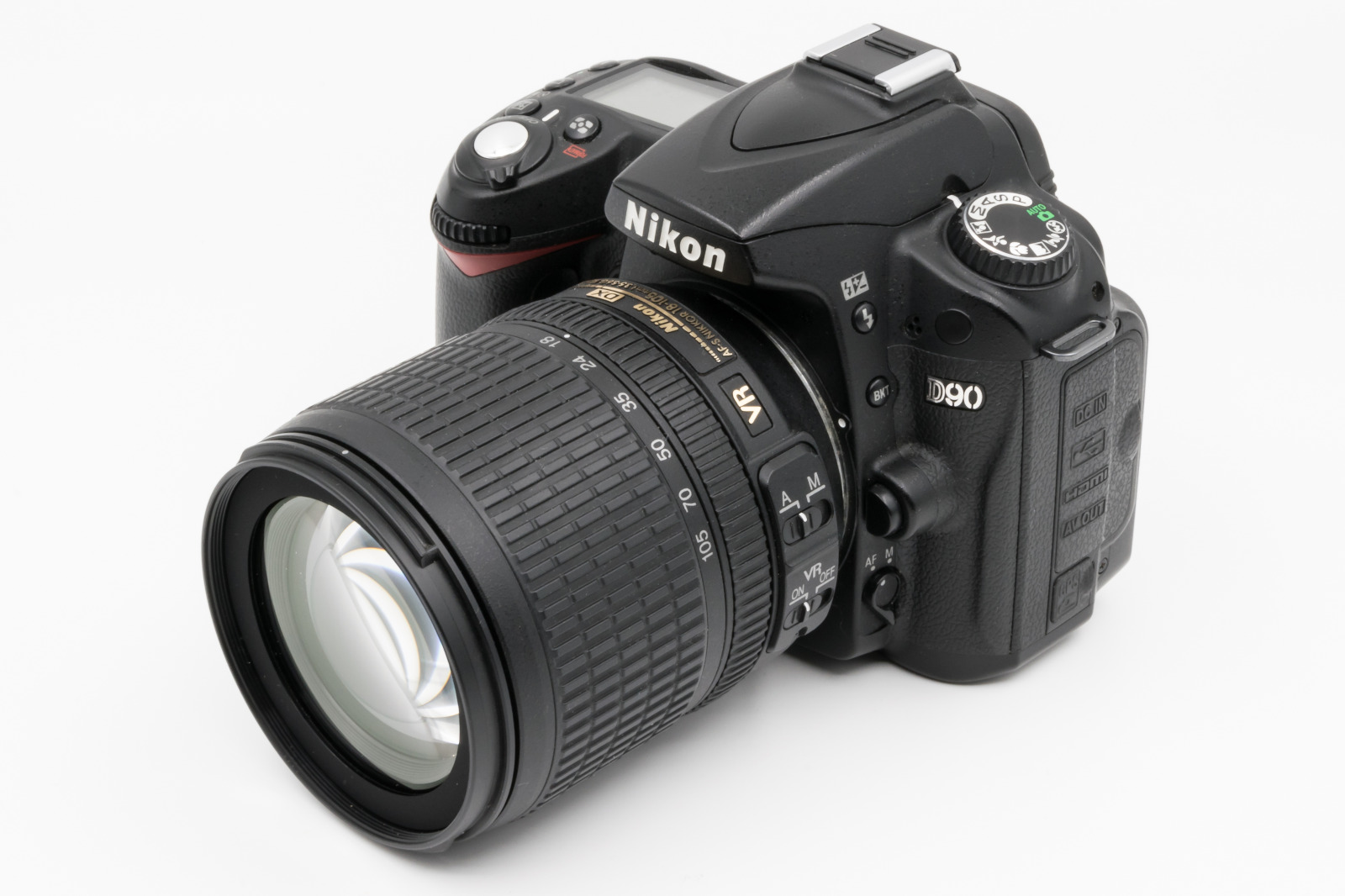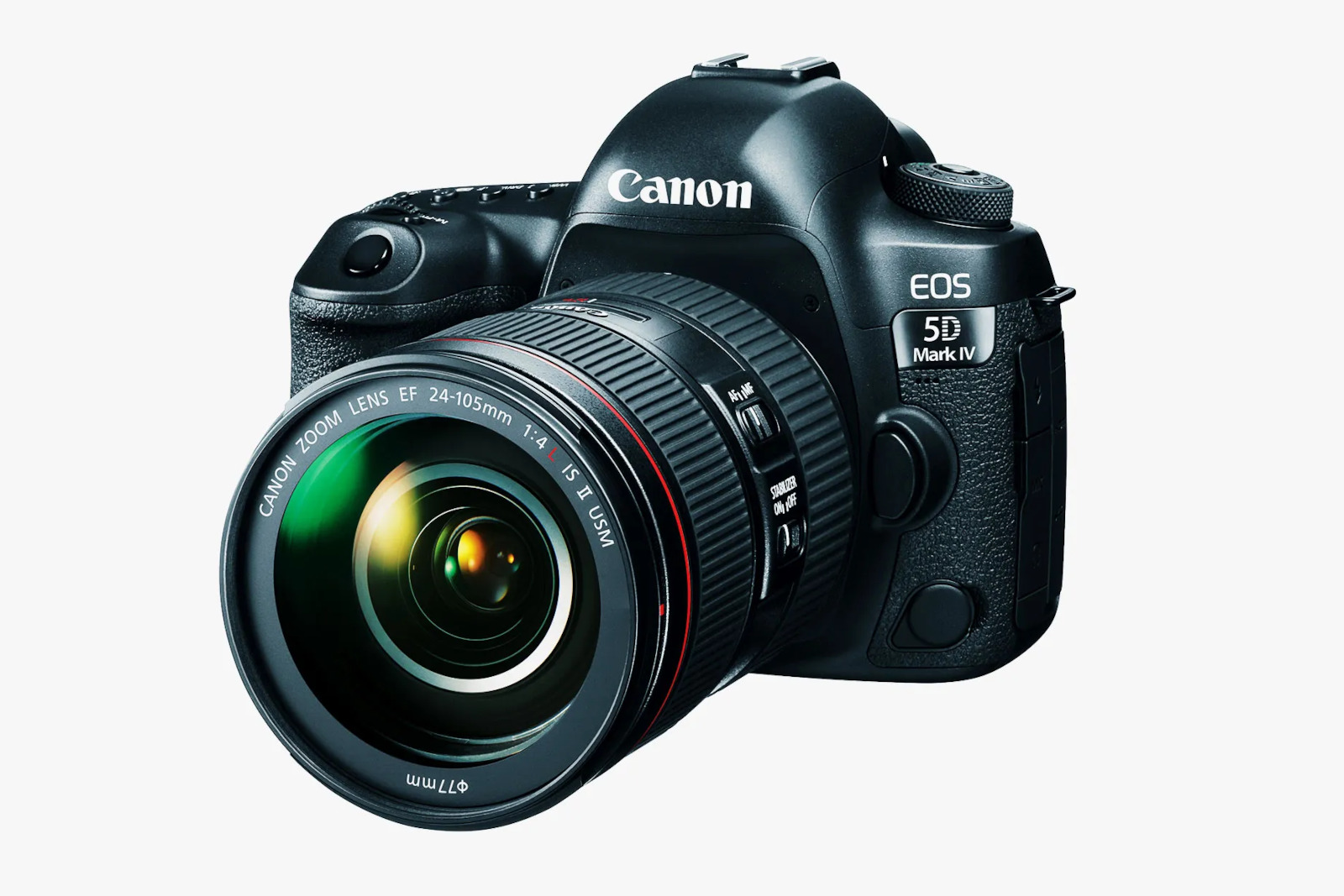Today I’m grateful for photography. Maybe that’s a strange thing to say, but my photography hobby has been a source of inspiration and joy for a long, long time. It all started on my sixteenth birthday, when I opened a brand-new Pentax K1000:

An SLR camera! That’s what the professionals use!

I took a lot of pictures with that guy, most of which are quite unremarkable. Time passed, and when the digital camera revolution began, I jumped on board and picked up a Sony Mavica. It used floppy disks for storage, and each disk held maybe eight photos (at the highest resolution). That meant I had to carry around a little box of disks, but I figured it wasn’t that much different than carrying around rolls of film.

Camera technology advanced rapidly, and I soon found myself with a Panasonic Lumix.

This camera actually looked like an SLR, and took some decent shots. Then one day I won a raffle or something– I don’t entirely remember– and received a free Sony Cybershot camera. I can’t find a product shot online, but I remember it was about the size of a few packs of gum and had a sliding cover. When open, it looked something like this:

The cool thing about this camera was it was so small it just fit in your pocket. Imagine having a phone in your pocket all the time! What a time to be alive. Because of that, I had it with me all the time and my photography habit really took off. But it wasn’t actually a great camera; only the size was great. As I began to get more “serious” about photography, I turned to Canon and picked up a PowerShot 100.

About the size of a deck of cards, this camera was also very compact and found a place in my pocket pretty often. Thom and I were deep into our tradition of annual backpacking trips, and he suggested I consider buying a camera that produced raw images. Unlike the standard JPEG files every camera produces, raw photos can be manipulated after the fact because they store “raw” (hence the name) pixel data from the sensor. I really liked my PowerShot, so when I found that Canon made a model that output raw images, I bought it. Confusingly, it was also called a PowerShot.

These small cameras were fantastic for carrying around, but by this time cell phones were rapidly catching up in their capabilities. I could use my phone to take the same sorts of photos my little PowerShot was producing, and wouldn’t have to carry two devices. If I wanted to really step up my game, I’d need to move back into SLR territory. Well, technically DSLR, for digital SLR. My friend Brian happened to be in the process of upgrading his kit, so he offered to sell me his DSLR for a song. I started shooting with a Nikon D90.

Switching to a “real” camera felt pretty good. I lugged this thing around on hiking trips, and started figuring out how to do more than traditional point-and-shoot. I suddenly felt like I could be creative with my photography, rather than just capturing a scene. By now, Thom had given up on traditional analog photography and was shooting with various Canon EOS gear, and he gave me some recommendations. I spent some serious coin and picked up a Canon 5D Mark 4.

This camera changed my world. My hobby was now officially serious, and I started buying lenses and filters and tripods. I learned about aperture and shutter speed and ISO. I stopped using “automatic” mode and set my control dial permanently to “M” for manual. That gave me a ton of creative liberty, and I figured out how to make pictures look the way I wanted. I coined the term kameraspielen, which is German for “playing with a camera”, because I found that I could just play with this thing and do all sorts of creative magic. I started using Darktable to process my photos. It was so much fun!
This trusty 5D saw a lot of use– tens of thousands of photographs. Then came the mirrorless revolution, when all the major manufacturers started making cameras without mirrors, and I was tempted to switch out my gear. I held off for a few years, but finally caved and traded in my 5D for a Canon R6.

Although it’s not radically different than the 5D, it has some additional features I like. It’s quieter and a little lighter. I’ve had it for about a year now, and along the way I picked up a few more lenses. I’ve learned some new techniques in my post-processing workflow, and I’ve continued experimenting.
I think one of the things I really enjoy about this hobby is the opportunity to just take a gazillion pictures and figure out for myself what works. What do I like in my photos? What captures the scene best? Although I feel like some of my work is pretty good, I recognize it’s far from being something I could sell. So I do it just for the joy of doing it, not because I’m hoping to convince someone to buy it so I can make a buck. Hobbies like that are the best.
